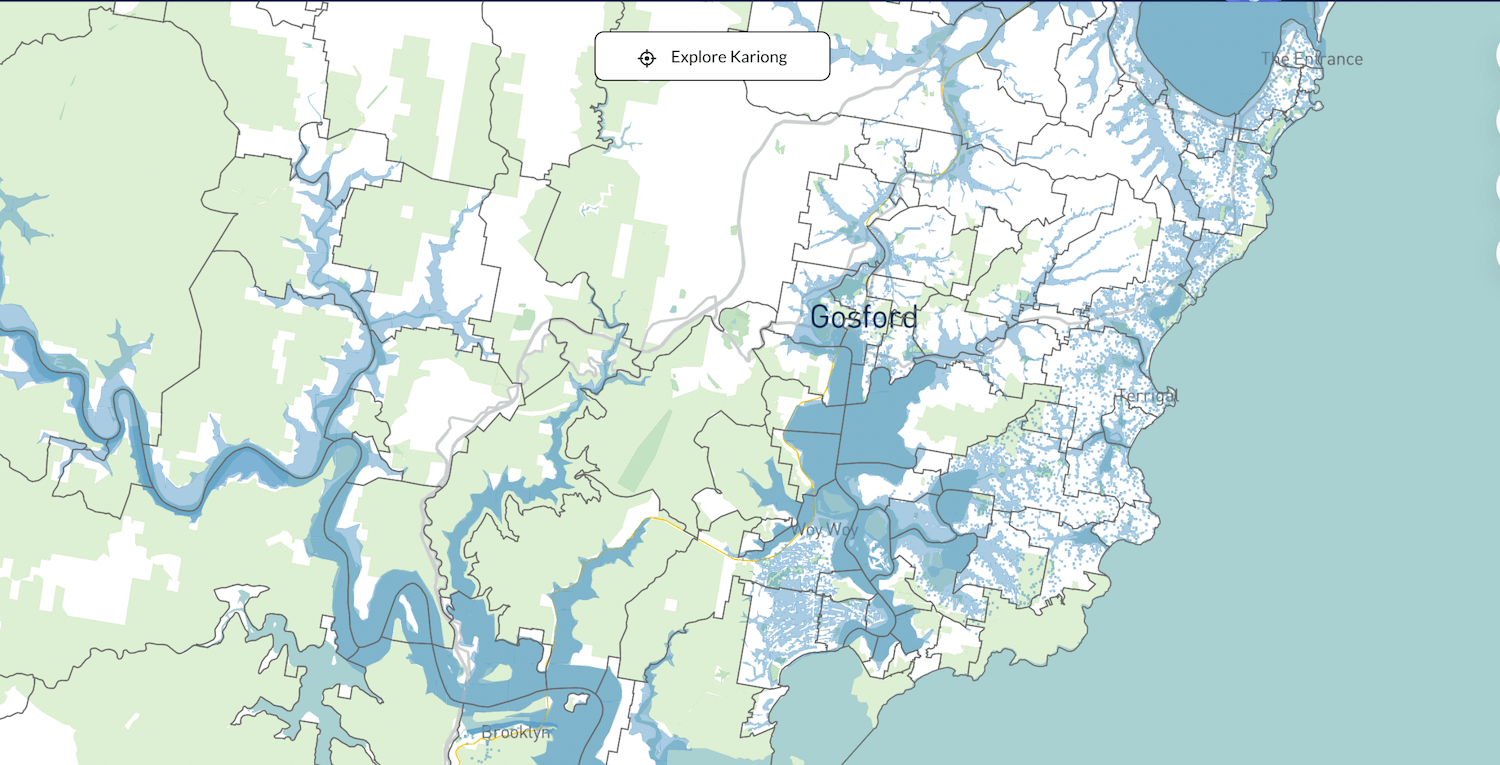When looking for a property to develop, or considering extending or refurbishing your home, it’s essential to consider potential risks to ascertain whether it’s a wise investment. You’ll assess the property market, financial goals, and environmental risks. If the property is in a flood zone, prone to bushfires, or subject to other potential hazards, you’ll need to take this into account. So, how do I know if it floods in my area? There are a variety of ways to find out; let’s discuss it.
What Are Flood Risk Areas?
A flood risk area—or flood risk zone—is a location more likely to flood due to heavy rainfall, snowmelt, storm surges, or other conditions leading to water overflow. These areas may span small suburbs or entire watershed regions, making them a key factor when choosing where to develop, buy, or invest.
Which areas are a flood risk:
- Low-lying areas such as floodplains and coastal regions.
- Areas near rivers, lakes, and coastal regions.
- Areas prone to heavy rainfall, snowfall, and tropical cyclones.
- Areas with limited natural drainage due to urbanisation and infrastructure.
- Impermeable soil or soil with poor drainage.
- Levees and dams which influence the natural flow of water.
How To Find Out if Your Area Is Prone to Flooding
There are numerous ways to assess the flood risk in your area before you begin your property development project. These are some that we recommend.
Use Professional Property Development Software
Using software like Archistar, you can access the most up-to-date information on land and property throughout Australia. With Archistar, you’re able to activate various data layers giving you an instant and comprehensive view of critical data overlayed on the map. These layers include bushfires, heritage, zoning, slop, and transmission lines in addition to flood zones.
Contact the Local Government
Local governments and councils typically maintain flood maps, available online. These maps allow you to search for your area’s flood risk
Visit the Bureau of Meteorology (BOM) Website
In Australia, the weather and climate are monitored by the Bureau of Meteorology. In the event of potential flooding, they are the organisation which issues warnings during severe weather events. This information is accessible through their website and social media.
Connect With Your Community
You may have a WhatsApp group or social media forums where various community members pass on vital emergency information and offer valuable insights on past floods and flood-prone areas.
Contact Your Insurance Provider
Insurance companies, offering a wealth of historical and statistical data, can advise you on whether your area is flood-prone, a factor influencing your insurance policy.
Hire a Consultant
You can also hire hydrologists and environmental consultants for a comprehensive flood risk assessment.
Before starting a new property project, it is essential to identify and monitor flood risk areas. Create your free Archistar account to get started, and then upgrade to the tier best suited to your needs. Remember, while flood risk zones are often labelled based on historical data, this information may change over time due to urbanisation, climate change, and changes to waterways. For the most accurate information, regularly check updated flood risk data.

